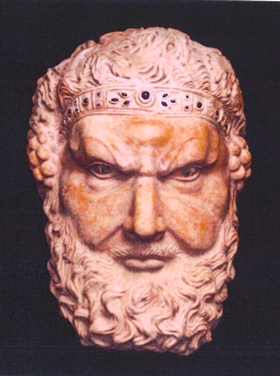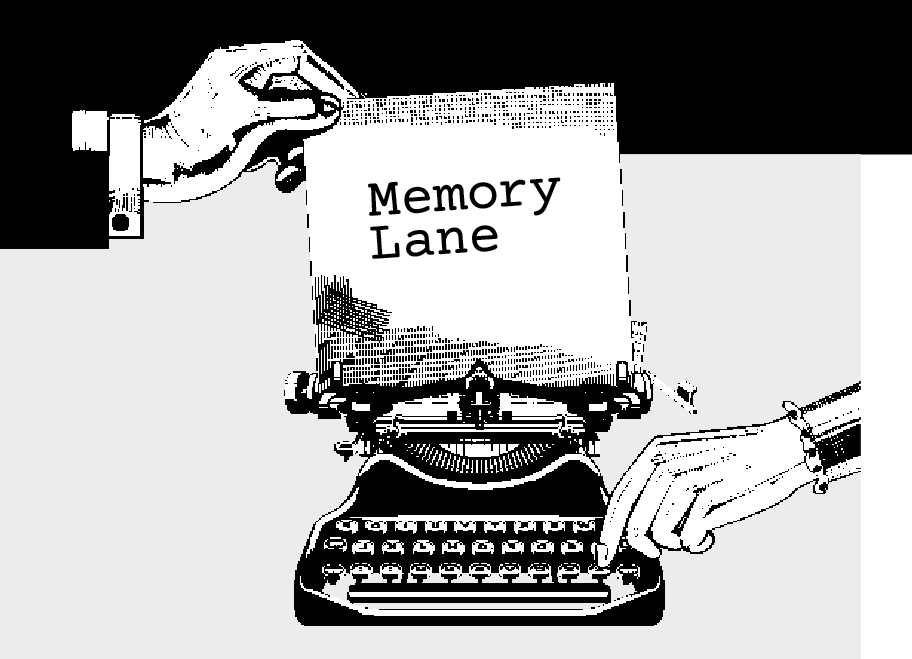Despite what you see on TV, lawyers rarely deploy props in the courtroom – though there have been exceptions. Liverpool FC’s High Court battle with sportswear company New Balance, for example, featured counsel brandishing the Premier League club’s home kit before the judge, who asked if the kit changes every year. The reply: ‘It does but it stays red, my lord.’
Intellectual property cases sometimes feature an in-court display, just in case his lordship cannot picture kitchen cabinets from memory, while Judge Anne Redston last year undertook a taste test of several snack bars in a £1m tax case brought by Morrisons (albeit in chambers).
But Obiter was stunned to enter Court 26 in the Rolls Building this week and encounter a display more suited to the British Museum, with millions of dollars’ worth of (possibly) ancient artefacts lined up on one side of the room.

The pieces, which are said to date from between 1,400 and 2,000 years ago, were purchased by Sheikh Hamad Bin Abdullah Al Thani – a cousin of the ruler of Qatar – from renowned art dealer John Eskenazi between 2014 and 2015, the court heard.
Alas, Sheikh Hamad claims they are forgeries and is seeking repayment of the $4.99m (£4.2m) purchase price. Eskenazi, in turn, denies that the pieces are forgeries and is seeking a declaration that each of the objects is ‘of ancient origin’.
Hence the presence in court of a $2.2m Hari Hara (a deity combining the two major Hindu gods Vishnu and Shiva) and a strikingly large head of Dionysus, the Greek god of – among other things – wine and religious ecstasy.
Whether real or not, the artefacts certainly raise an eyebrow. Can any readers beat that for an exhibition?





























1 Reader's comment